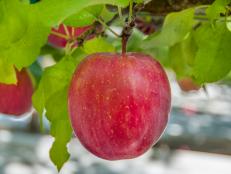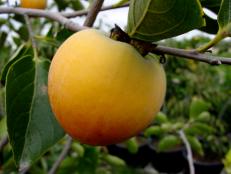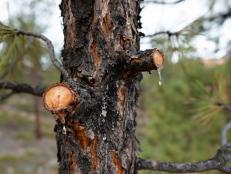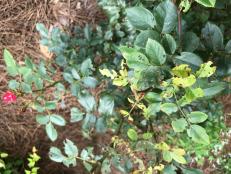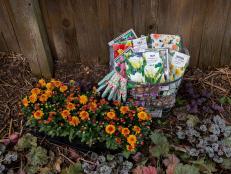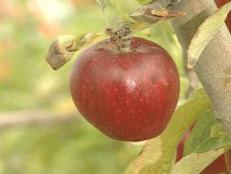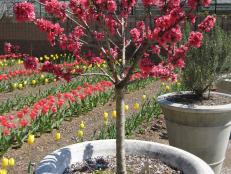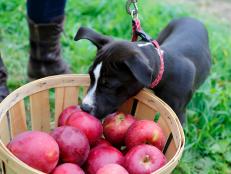Preventing Apple Pests
Growing apple trees is the easy part; avoiding insect and disease damage to the fruit takes some work.
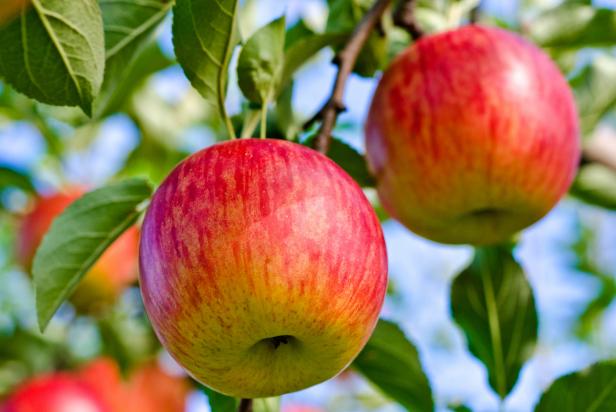
Tthanyarat07/iStock
Tools and Materials
- pruning shears and lopper
- ladder (if your tree is full size)
- baited sticky traps
- wire mesh trunk guards
- mulch
- hose-end sprayer
- Sprays of horticultural oil, liquid sulfur, Bacillus thuringiensis kurstaki, and perhaps phosmet (Imidan)
Step 1: Prune
Prune your apple tree every winter before you detect any signs of new growth. Eliminate crossing branches, watersprouts, and crowded growth.
Step 2: Eliminate Pest Hiding Places
Pick up and destroy fallen fruit, which may contain grubs. Remove plastic and paper tree guards, where adult flies and moths may spend the winter; replace them with wire mesh guards. Surround trees with mulch instead of grass.
Step 3: Prevent the Spread of Pests With Oil
In spring just before new leaves emerge, spray trees with nontoxic horticultural oil. The oil smothers dormant insects and their eggs.
Step 4: Know Your Pests
Three common insect pests that damage apple fruits are apple maggot flies, plum curculio, and codling moth. The best time to control these pests is while they are mating and looking for potential egg-laying sites. This is just before early to midsummer, when these insects lay their eggs on or near developing fruit.
Step 5: Trap Apple Maggot Flies
Apple maggot flies appear in June or July to lay their eggs on developing apples. When the eggs hatch, the larvae burrow into the fruit. Trap flies with sticky red spheres and bright yellow 8- by 10-inch rectangles hung in the trees at eye level. Place spheres near fruit clusters about three weeks after flower petals fall; use two traps for a small tree (8 feet tall or less), six traps for a large tree (10 to 25 feet).
Step 6: Control Curculio
Curculio is a 1/4-inch-long beetle that makes distinctive crescent-shaped scars on developing fruit. The grubs tunnel through the apples, causing the fruit to drop in early summer. To kill the adults, spray phosmet (Imidan) immediately after the blossom petals fall and again a week to 10 days later. (Wear protective clothing and avoid spraying during bee activity.) Nonchemical controls include spreading a tarp under the trees in the morning and shaking the tree to dislodge the pests. Also, raking up and destroying dropped fruit will reduce the local population of these pests over time.
Step 7: Combat Codling Moths
Codling moths lay eggs on developing fruits shortly after petals fall in spring. Eggs hatch in a few days, and young larvae tunnel into fruits where they feed and mature, destroying the fruit in the process. The best remedy is spraying Bacillus thuringiensis kurstaki in the evening 15 days after petals begin to fall. Repeat five days later. The spray is toxic to caterpillars only.
Step 8: Plant Resistant Varieties
Apple scab is a fungal disease that causes black splotches on leaves and fruit. It is most common and severe in the eastern U.S., where summer rainfall is common, but it occurs in all apple-growing regions. The first line of defense is to plant scab-resistant varieties such as 'Enterprise', 'Freedom', 'Gold Rush', 'Jonafree', 'Liberty', 'Macfree', 'McShay', 'Nova Easygro', 'Prima', 'Priscilla', 'Pristine', 'Redfree', 'Sir Prize', and 'William's Pride'. If you've inherited a disease-prone variety, sulfur sprays can control the disease. Use liquid sulfur, spraying it over the tree once flower buds show pink. Repeat 10 days later.






